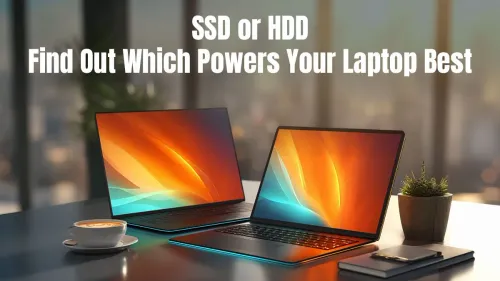
SSD vs HDD – Which is Better?
Discover the perfect storage solution - Explore the benefits of SSD vs HDD and find out which powers your laptop best. 💾🚀
NVMe SSD for Laptop: Upgrade boots, app loads, and multitasking with faster NVMe storage — see real-world gains, battery impact, and how to choose ✅⚡

Is your laptop feeling a bit… sluggish? Does booting up Windows take long enough to make a cup of coffee? Before you start browsing for a whole new machine, consider a targeted upgrade. Installing an NVMe SSD for your laptop is one of the most effective ways to breathe new life into your current setup, transforming everyday performance from frustratingly slow to satisfyingly snappy. It's a powerful and surprisingly affordable solution. 🚀
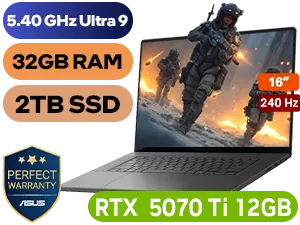
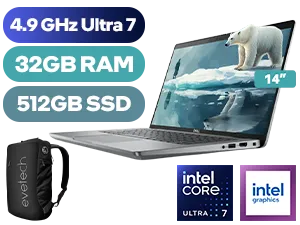
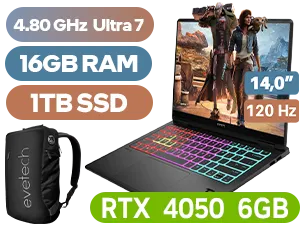
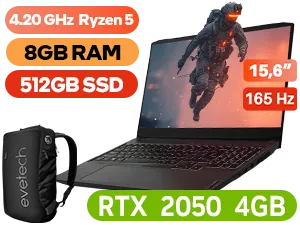
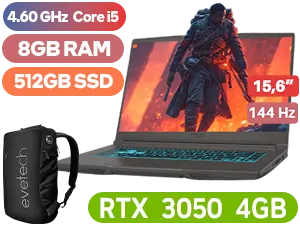
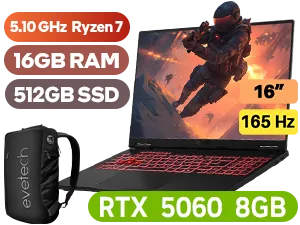
Think of your old hard drive (HDD) or even an older SATA SSD as a delivery van navigating city streets. It gets the job done, but it has to deal with traffic and stop signs. An NVMe (Non-Volatile Memory Express) SSD is like a high-speed bullet train on a dedicated track, connecting directly to your computer's motherboard via the PCIe interface.
This direct connection slashes latency and unlocks incredible data transfer speeds, making it the gold standard for modern storage. For a laptop, an NVMe SSD isn't just an upgrade; it's a complete evolution.
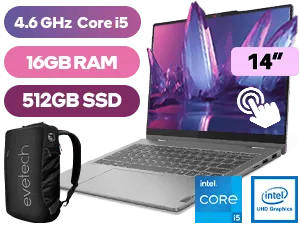
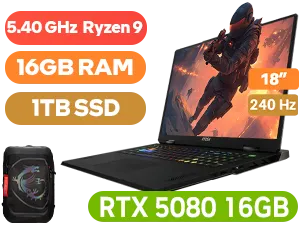
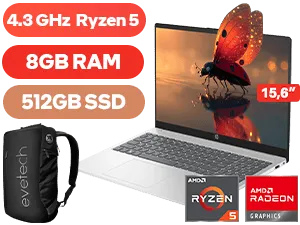

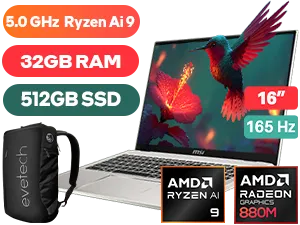
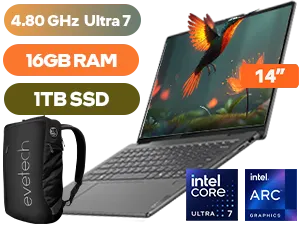
So, what does this "bullet train" speed mean for you? It’s not just about big numbers on a benchmark test; it’s about how your laptop feels to use every single day.
An NVMe SSD for a laptop is the key to unlocking its true potential, making the entire system feel more responsive and powerful.
shopping for an NVMe SSD, focus on three things: capacity, generation, and speed. For most users, a 1TB drive offers the best balance of space and value. Check if your laptop supports Gen4 for the fastest speeds, but a Gen3 drive is still a massive upgrade over any older storage. Look at the Read Write speeds (measured in MB s) – higher is always better!
Before you get too excited, you need to check if your laptop can accommodate an NVMe drive. Most modern laptops sold in the last five to seven years have the necessary M.2 slot.
Here’s how to check:
Thankfully, most of the latest Intel laptops on special and the newest AMD laptops on special are built with NVMe technology as standard, guaranteeing exceptional out-of-the-box performance. If you're upgrading an older machine, a quick check is all it takes to see if you can unleash this incredible speed. ⚡
The process of installing a new laptop NVMe SSD typically involves opening the back panel, locating the M.2 slot, and securing the new drive. You can then either clone your old drive or perform a fresh installation of Windows for that brand-new feel. It’s a weekend project that pays dividends for years to come.
Ready for a Real Speed Boost? Whether you're upgrading your current machine or deciding it's time for a new one, the right hardware makes all the difference. An NVMe SSD is one of the best value-for-money upgrades you can make. Explore our massive range of laptop specials and find the perfect machine to conquer your world.
NVMe SSDs deliver much higher sequential and random read/write speeds than SATA drives, cutting boot and app load times and improving multitasking.
Yes if your laptop supports M.2 NVMe; expect noticeable speed gains for booting and apps. Check m2 nvme laptop compatibility first.
NVMe can be 3–6x faster in real-world tasks; sequential throughput and lower latency make NVMe superior for load times and transfers.
Yes — faster asset streaming and reduced load times improve game responsiveness; see best nvme ssd for laptops for options.
NVMe can use more peak power but completes tasks faster, often netting neutral or small battery benefits under typical use.
Most modern laptops allow user installation of M.2 NVMe drives; follow guides on how to install nvme ssd laptop and backup data first.
Look for drives optimized for thermals and efficiency; popular picks include models ranked in best nvme ssd for laptops lists.